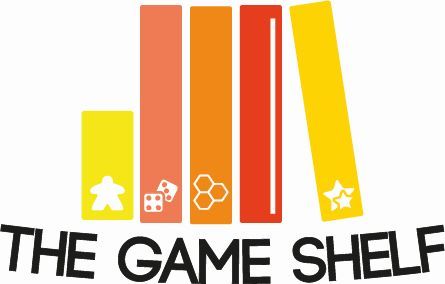Publisher: Days of Wonder
Designer: Francois
Gandon
Year: 2016
Quadropolis is a gateway level city
building game. In the game there are a number of different building types and
each has a different scoring mechanism. Each round you are selecting tiles from
a central grid which is common to all players. The selection of the tiles is
very spatial, and the way that you obtain each tile effects where you can place
it in your city. The game proceeds in 4 or 5 rounds depending on whether you’re
playing classic or expert and at the end of the game you have the opportunity
to organise your resources – energy and people – in the most optimal way around
your city.
 |
| I typically try to assign resources during the game and at the end of the game there's just a quick moment for optimisation before we jump into scoring. |
Your selection of tiles, although
simple, can be a complex decision influenced by the building type, the amount
of and type of resources required to activate it, the amount and type of
resources that it gives you when you play it and potentially trying to block
your opponents or at least beat them to critical tiles. In the expert variant
there is also a pressure from the limited number of selection arrows in the
supply.
What I think I like most about Quadropolis is that the mechanics are
super simple, so there’s no reason you couldn’t teach this to anyone but every
time we play. However, at the same time, for the first couple of turns I still
feel like I have no idea what I’m doing. I’m sure it’s important to find a
strategy and stick to it, but that first round, I just feel lost because I can
really put anything anywhere on my board and I’ve no idea of the consequences,
until later on I hate the fact that there’s no space left for that last harbour
etc.
To me the expert rules don’t
really add complexity the game, although turns seemed to take a little longer
with a couple of extra dimensions to think about, not to mention the fact that
I think the player board layout for the expert version is far less intuitive.
There’s not real reason not to jump straight into the expert game and enjoy a
simple, yet effective city building game.
Quadropolis is simple, clean,
well produced and the style of city building I much to prefer to some more
fiddly alternatives. It’s an 8/10
from the Yellow Meeple.




No comments:
Post a Comment